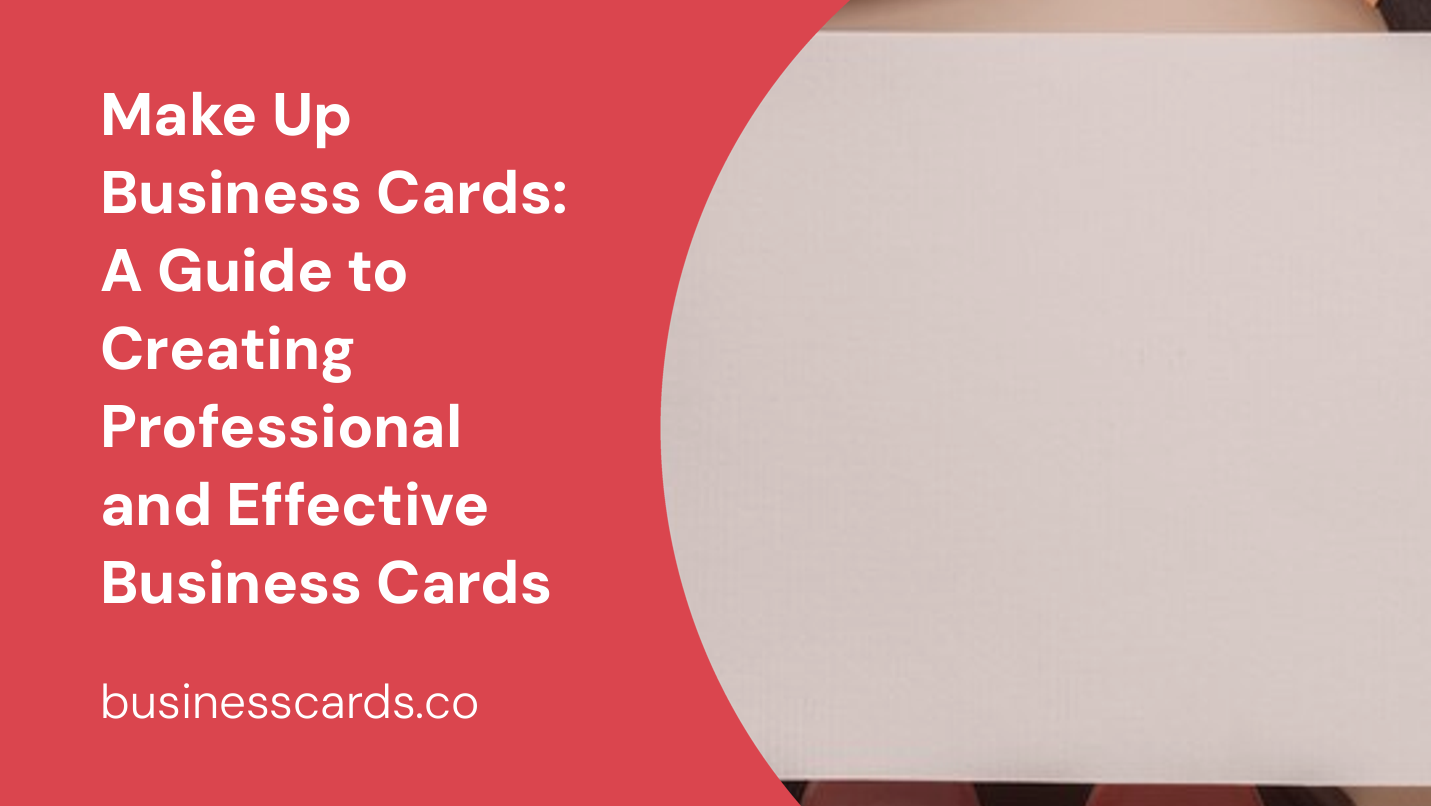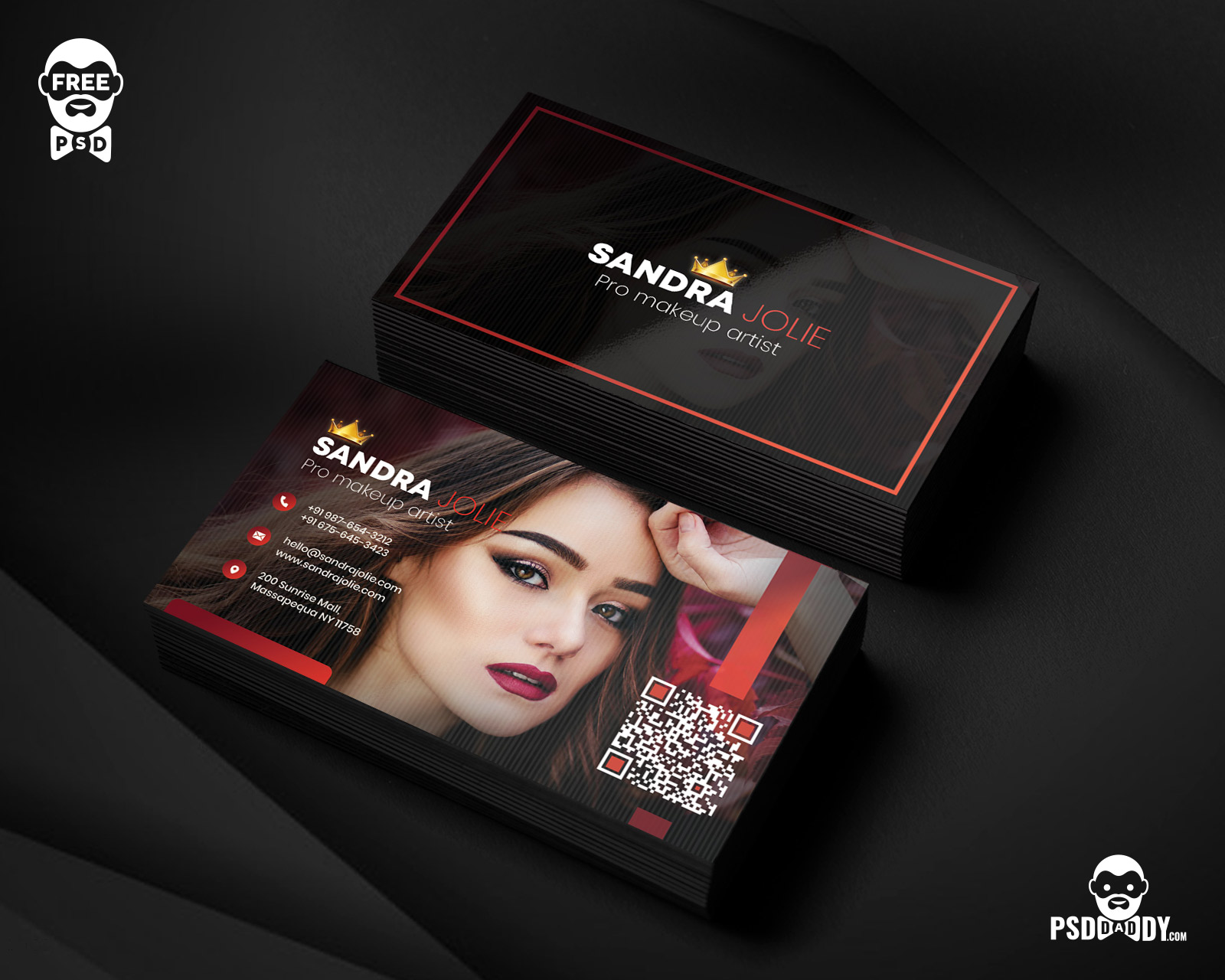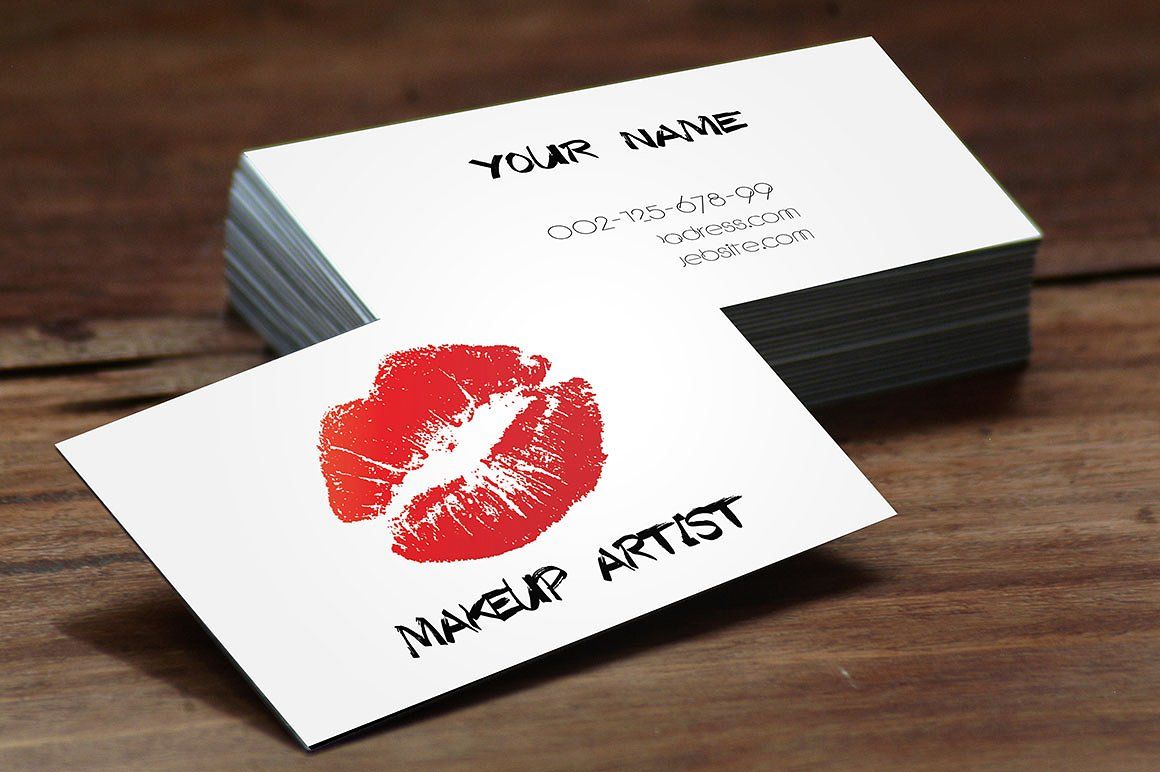
Are you ready to take your business to the next level? One essential tool that every professional should have is a business card. It may seem old-fashioned in today’s digital age, but a well-designed business card can leave a lasting impression on potential clients and partners. In this comprehensive guide, we will walk you through the process of creating professional and effective business cards that will make your brand stand out. Whether you are a freelancer, small business owner, or just looking to network, this guide is for you.
Why Business Cards Still Matter

In a world dominated by smartphones and digital communication, you may be wondering if business cards are still relevant. The truth is, business cards are more than just a physical piece of paper with your contact information. They serve as a tangible reminder of who you are and what you do. When you meet someone and exchange business cards, it shows that you are serious about building a professional relationship. Even in today’s digital age, nothing can replace the personal touch of a well-designed business card.
Designing Your Business Cards

1. Determine Your Design Elements
Before you start designing your business cards, it’s important to have a clear vision of what you want to convey. Consider your brand identity and choose design elements that align with it. This includes selecting colors, fonts, and graphics that reflect your brand personality. Keep in mind that simplicity is key when it comes to business card design. Avoid overcrowding your card with too much information or design elements. Remember, less is more.
2. Choose the Right Size and Shape
The standard business card size is 3.5 inches by 2 inches. However, you can get creative with different sizes and shapes to make your business cards stand out. Just make sure your chosen size and shape still fit within industry standards to ensure they can easily be stored in cardholders. Unique shapes can make your cards more memorable, but also more difficult to carry around. Consider your target audience and the message you want to convey when deciding on the size and shape of your business cards.
3. Use High-Quality Images and Graphics
To make your business cards visually appealing, it’s important to use high-quality images and graphics. Low-resolution images can make your cards look unprofessional and blurry. If you don’t have access to high-quality images, consider hiring a graphic designer or using stock photos. Remember to choose images and graphics that are relevant to your industry and brand.
4. Incorporate Your Logo and Branding
Your logo is the visual representation of your brand, so it’s important to incorporate it into your business card design. Make sure your logo is clear and easy to read. You can also use your brand colors and fonts to create a cohesive look. Consistency in branding helps reinforce your brand identity and makes your business cards instantly recognizable.
Adding Essential Information
1. Include Your Contact Details
The most important information to include on your business card is your contact details. This typically includes your name, job title, phone number, email address, and website. If you have multiple phone numbers or email addresses, choose the ones you use most frequently and are most accessible. Be sure to double-check your contact details for accuracy before printing your cards.
2. Add Relevant Social Media Handles
In today’s digital age, it’s important to include your social media handles on your business card. This allows potential clients and partners to connect with you on various platforms. Choose the social media platforms that are most relevant to your industry and where you are most active. Including your social media handles also gives people a glimpse into your personality and allows them to see your work on different platforms.
3. Consider Adding a Tagline or Slogan
A tagline or slogan can help communicate your brand’s value proposition or unique selling point. It can be a short and catchy phrase that grabs attention and leaves a lasting impression. If you have a well-crafted tagline or slogan that effectively communicates what you do, consider adding it to your business card. However, be mindful of space constraints and ensure that it doesn’t overcrowd your card or make it difficult to read.
Printing and Distribution

1. Choose the Right Printing Method
Once you’ve finalized your design and information, it’s time to choose the right printing method for your business cards. There are various options available, including online printing services, local print shops, and DIY printing using a home printer. Each option has its pros and cons in terms of cost, quality, and turnaround time. Consider your budget and timeline when choosing the printing method that works best for you.
2. Select the Right Paper Stock
The paper stock you choose can greatly impact the look and feel of your business cards. Opt for a high-quality paper stock that is thick and durable. Consider finishes such as matte or glossy to enhance the overall aesthetic. A well-printed and well-designed business card on quality paper stock speaks volumes about your professionalism and attention to detail.
3. Distribute Your Business Cards Effectively
Once you have your printed business cards in hand, it’s time to start distributing them. Carry a stack of cards with you wherever you go, so you’re always prepared for networking opportunities. Hand them out at events, conferences, and meetings. You can also leave a few cards at local businesses or coffee shops frequented by your target audience. Additionally, consider mailing a few cards to potential clients or partners along with a personalized note.
Conclusion

In conclusion, business cards are still a valuable tool for professionals in any industry. A well-designed and professionally printed business card can make a lasting impression on potential clients and partners. By following the steps outlined in this guide, you can create business cards that effectively represent your brand and help you stand out from the competition. So, don’t underestimate the power of a business card. Invest time and effort into designing and creating your own, and watch as it opens doors and creates meaningful connections for your business.
Samuel Anderson, a branding connoisseur, brings his knack for design and a strong marketing background to the forefront. He’s a voracious reader and enjoys delving into psychology, which he incorporates into his marketing strategies for business cards and brand development.